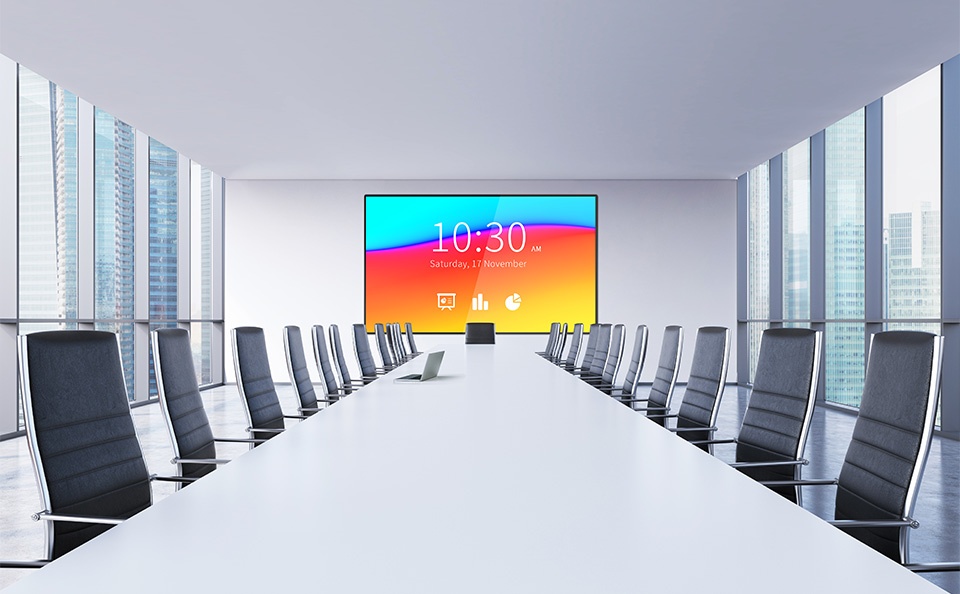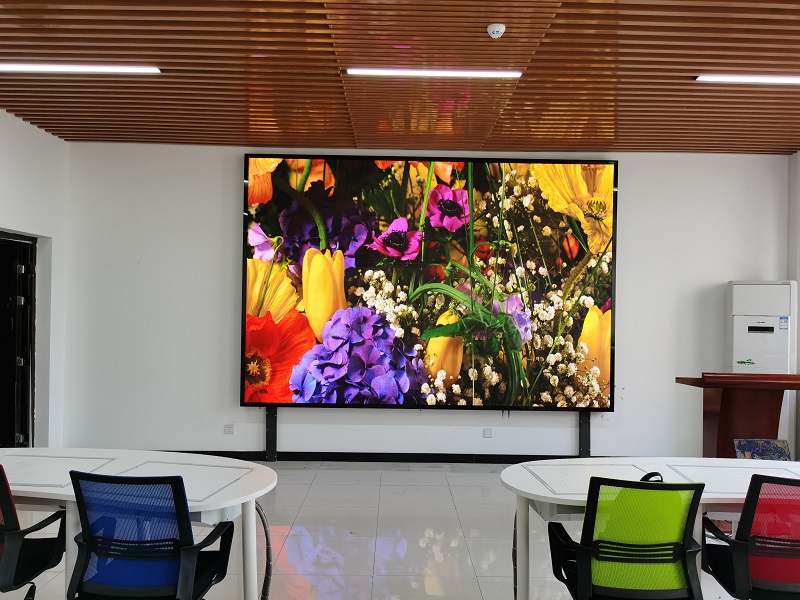The P1.667 indoor small-pitch LED display can play text, tables, pictures, videos, TV programs, advertising videos, video materials and other content like a TV. But the function of the LED display is far more than that. For example, if the screen is very large and needs to be spliced, it is more difficult to use other LCD displays.
However, for this kind of situation with special display requirements, P1.667 indoor small spacing only needs to be equipped with an LED video processor, which can generally be achieved. Let’s take a few practical examples.
On-site camera shooting and broadcasting (ie live broadcast) function; monitoring system applications need to be divided into multiple windows on the LED display screen to monitor separately, etc.;

Therefore, P1.667 indoor small-pitch LED display is fully capable of replacing traditional display devices such as TV, cable TV, set-top box, and Internet TV; it can also be used in wedding material playback, performance stage background applications, etc.
Playing process of indoor LED display
Generally, the computer is connected to the LED display screen through a network cable, and there is a matching software on the computer, which is controlled by software operation. It can also be displayed synchronously on the LED display screen, which is another enlarged screen of the computer monitor.
If it is an LED display with a wireless receiver, you can also control and debug or change information through WiFi and 4G networks, which can be said to be very convenient. This is mainly because the LED display supports a variety of signal inputs, such as RF, S-VIDIEO, RGBTV, YUT, YC, COMPOSITION and other signals are fully compatible.
The indoor full-color LED display also supports various file formats on the market: for example, common picture formats such as BMP/JPG/GIF, PowerPoint document formats, and video formats such as MPG2, MPEG4, AVI, ASF, Flash, etc. It can realize the function of network video on demand.
Each LED display unit board has a driver chip and an input buffer chip, which are connected to the LED display control system to display video, image, and text information through a series of operational codes. Through the OE signal, the red, green and blue drive IC chips can form a high grayscale color exchange. Unit boards can be arbitrarily spliced horizontally or vertically to form displays of different sizes.
What configuration does indoor LED display generally need? What hardware configuration conditions should be supported?
The indoor led screen that is usually fixed on the wall consists of the following parts: unit board, opening power supply, sending card, receiving card, internal connection power cable, signal cable, network cable, fixed frame, and edge wrapping material.

The technical parameters are mainly reflected on the unit board, and the device configuration on the unit board is the core value. The main components are: LED light-emitting chip, packaging technology, IC driver chip, PCB circuit board, module kit, mask, signal flat cable, power cable, plus power supply, control card, magnets, screws, etc. to form the entire display system.
The main technical parameters are: resolution, white balance brightness, power consumption, scanning method, viewing angle, refresh rate, grayscale/color, flatness, runaway rate, contrast, service life, and protection level.
The indoor LED display is customized according to the model and size of the user’s needs. The size and area vary, and there are many types and models, resulting in different screen resolutions, different power consumption, and different peripheral auxiliary equipment.
For example, a 3*2m size LED indoor P2.5 full-color display with a resolution of about 1200*800 requires site wiring of 4 square millimeters of copper wire, and consumes about 3 kWh of electricity per hour; if a 3*2m size indoor display is used P5 full-color screen with a resolution of about 600*400. The power consumption per hour of the 2.5 square mm copper wire on the site is about 1.5 degrees. Other supporting hardware: 1 computer, 1 set of power amplifier, audio, ordinary network cable, etc.
In the case of the same model, relatively speaking, the larger the area, the greater the power consumption. In the case of the same area, the higher the model, the higher the power consumption. How to configure the specific hardware equipment is determined according to the situation of the whole screen. If you don’t understand, the manufacturer will provide corresponding technical and service support, on-site installation, debugging, and teaching package.